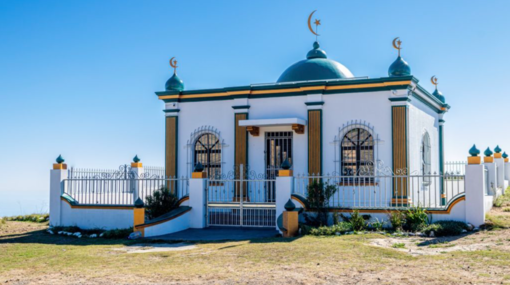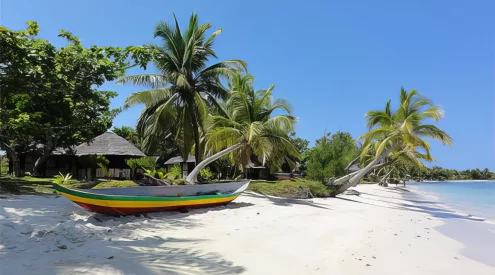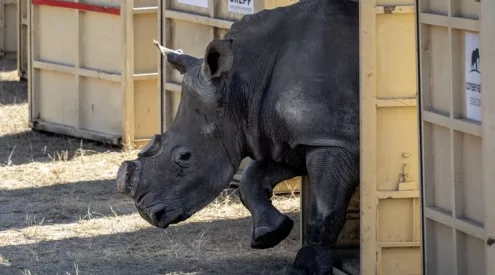The South African Heritage Resources Agency (SAHRA) has used its authority under the National Heritage Resources Act 25 of 1999 to declare seven kramats in the Western Cape as National Heritage Sites in an effort to preserve and honour South Africa’s rich cultural heritage.
These kramats, nestled within the revered Circle of Tombs, represent South Africa’s diverse communities’ spiritual heritage and resilience. According to legend, this sacred circle of shrines known as Auliyah, dedicated to Islamic saints and spiritual leaders, acts as a protective barrier against earthquakes and natural disasters in Cape Town.
‘These shrines are places of sanctity that provide spiritual benefits to those who visit and partake in the remembrance of the Auliyah. The kramats inspire reverence and peace, not because of architectural achievement or aesthetic appeal, but because of the character, knowledge, and spiritual presence of those buried there,’ SAHRA said.

These communities, descended from Malay, Indian, Javanese, Bengalese and Arabian ancestors, were subjected to oppression and slavery during the Dutch colonial and apartheid periods.
As resistance to colonial tyranny grew, leaders were banished to the Cape, where they established the first Muslim communities. Against this turbulent backdrop, the kramats emerged as symbols of spiritual fortitude and cultural resilience.
While the Peninsula area has over 20 kramats, with additional sites in Faure, Caledon, Rawsonville, and Bains Kloof, SAHRA’s recent declaration is a significant step towards recognising and protecting their cultural significance.
The kramats’ history is intertwined with the larger narrative of colonialism and resistance, emphasising South Africa’s diverse heritage and its enduring legacy. From the expulsion of spiritual leaders to the construction of the first mosque during British occupation, each kramat serves as a poignant reminder of the past’s struggles and triumphs.
Article written by Murray Swart for Cape Town Etc.
















